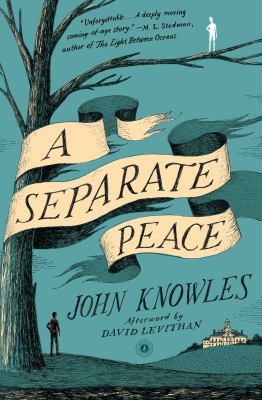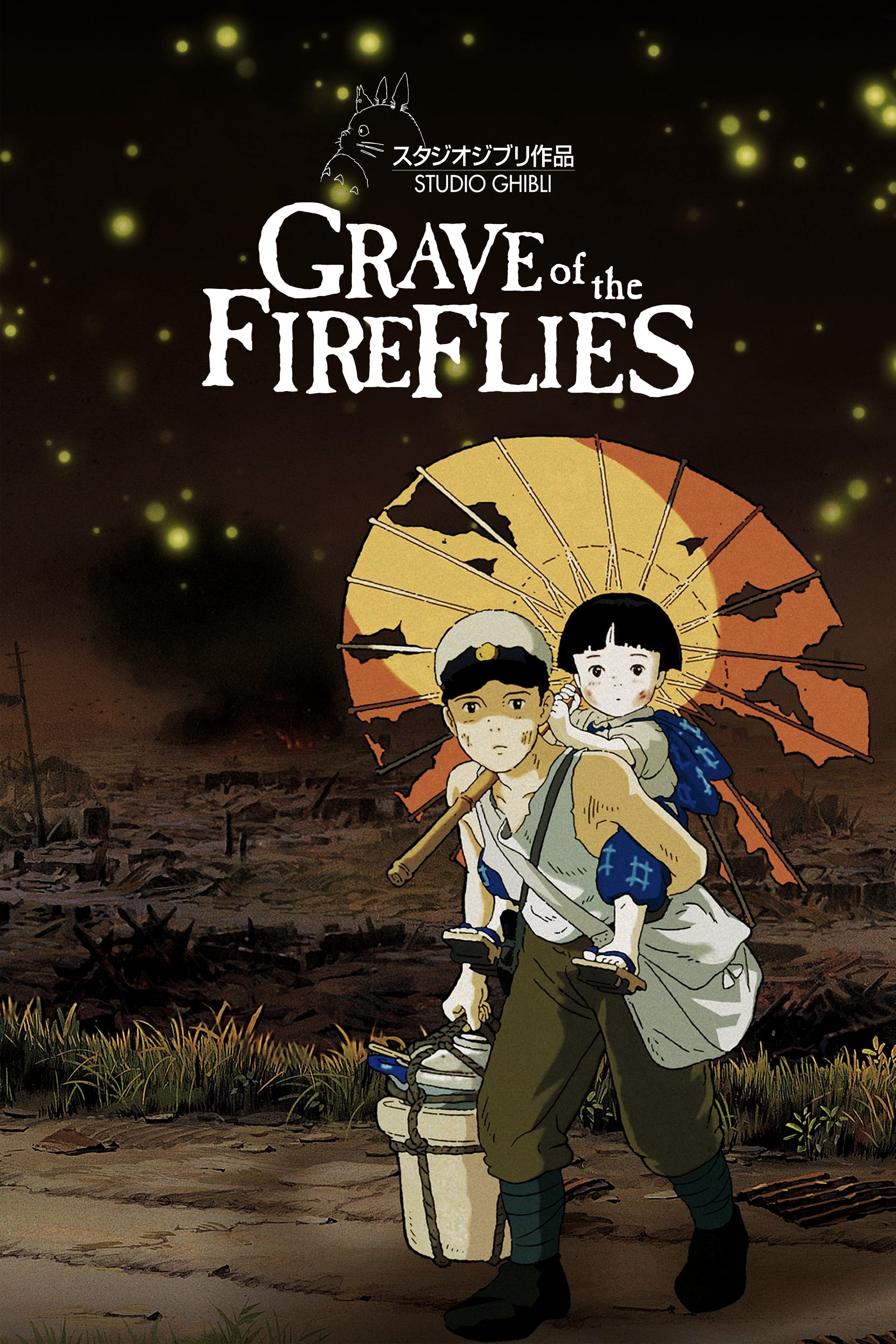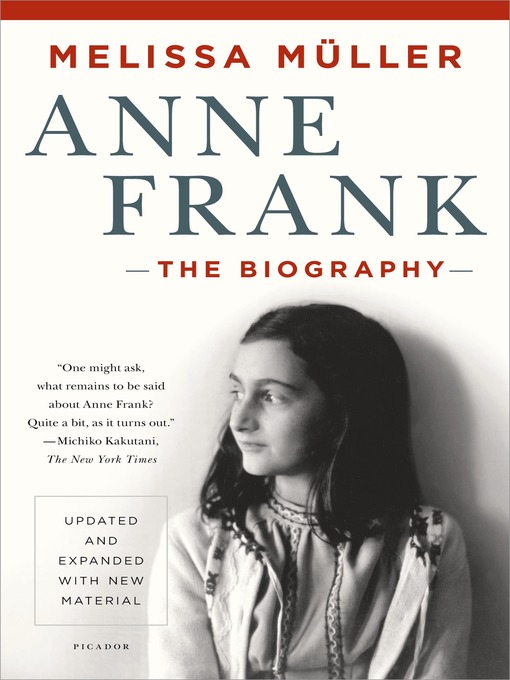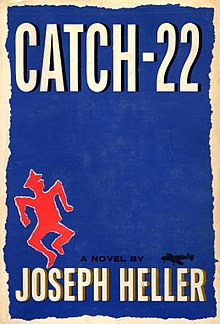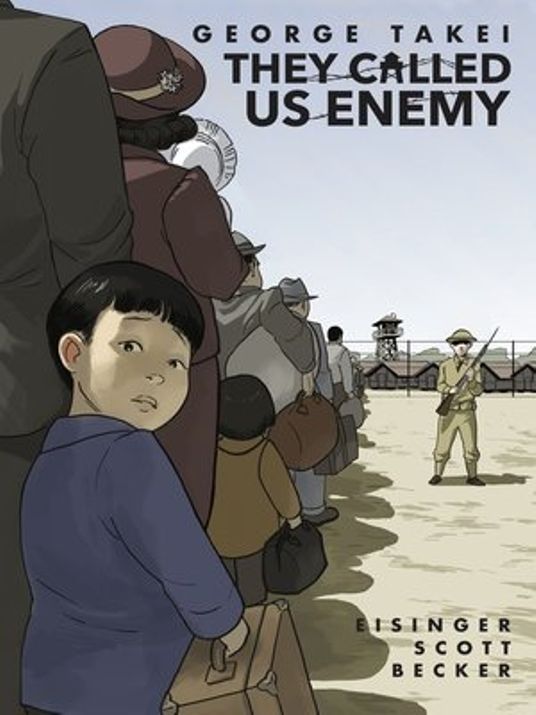
In my English class, we read the graphic novel They Called Us Enemy by George Takei. George Takei is an actor, known for his role as Hikaru Sulu in the Star Trek franchise, author, and activist. They Called Us Enemy is a powerful graphic memoir of Takei’s life in the Japanese-American concentration camps during World War II.
For context, during World War II there were two alliances. They were the Allies (including France, Great Britain, the United States, the Soviet Union, and China) and the Axis powers (including Germany, Italy, and Japan). On December 7, 1941, Japan bombed the United States Naval Base at Pearl Harbor, Hawaii. Two months later, Executive Order 9066 was passed by President Roosevelt, forcing those with Japanese Ancestry to leave their homes for internment camps because they were not considered citizens, but aliens, or foreign citizens, to the US.
George Takei was around 4 when his family had to leave for the camps. He went to two camps, Rohwer and Tule Lake, surrounded by metal fences that would influence his sense of self-belonging for the rest of his life. The book explores the aspects of dehumanization and injustice committed by the US government through his family’s imprisonment in the camps.
In AP World History, we learned about World War II and all its outcomes. Through my class, I discovered that concentration camps for Japanese-Americans were extremely detrimental. Once I read the book, I realized that the Japanese Americans were living, breathing human beings and they weren’t just a number. They were somebody’s mother, father, uncle, aunt, brother, and/or sister, and not just some identification code. They Called Us Enemy made me realize that what happened to hundreds of thousands of people was as real as ever and detrimental to all.
They Called Us Enemy is available to check out from the Mission Viejo Library. It is also available to download for free from Libby.

